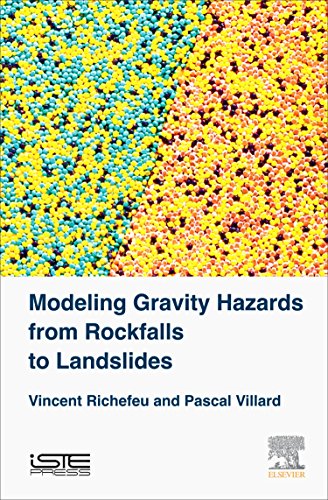

Most ebook files are in PDF format, so you can easily read them using various software such as Foxit Reader or directly on the Google Chrome browser.
Some ebook files are released by publishers in other formats such as .awz, .mobi, .epub, .fb2, etc. You may need to install specific software to read these formats on mobile/PC, such as Calibre.
Please read the tutorial at this link: https://ebookbell.com/faq
We offer FREE conversion to the popular formats you request; however, this may take some time. Therefore, right after payment, please email us, and we will try to provide the service as quickly as possible.
For some exceptional file formats or broken links (if any), please refrain from opening any disputes. Instead, email us first, and we will try to assist within a maximum of 6 hours.
EbookBell Team

4.7
46 reviewsGravity Hazards: From Individual Rockfalls to Large Landslides provides state-of-the-art methods in the field of modeling of rock-flow hazards, with descriptions of applied numerical approaches. These approaches are based on the trajectography, discrete, or continuum strategies. The authors emphasize the discrete element method (DEM), which is first validated by comparison with laboratory experiments, then used to study the sensitivity of various parameters, and finally applied to real and natural cases. The book ends with an introduction to a hybrid continuum method able to bridge the gap between cases dominated by discreteness and those involving a very large number of elements.